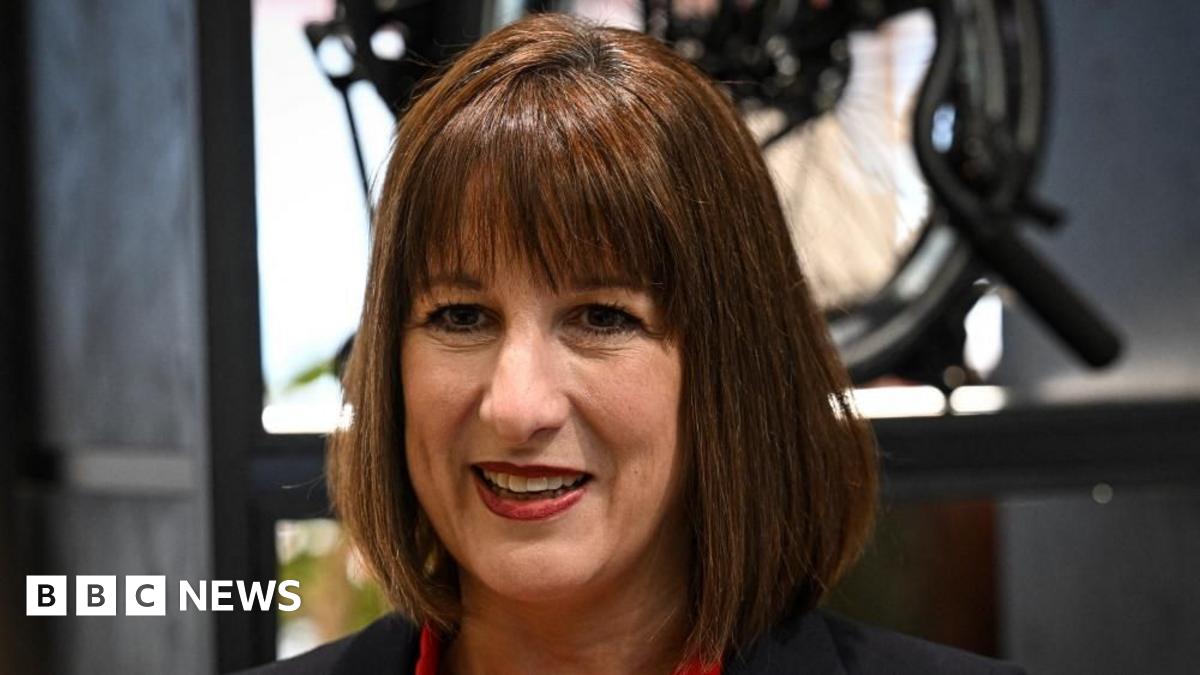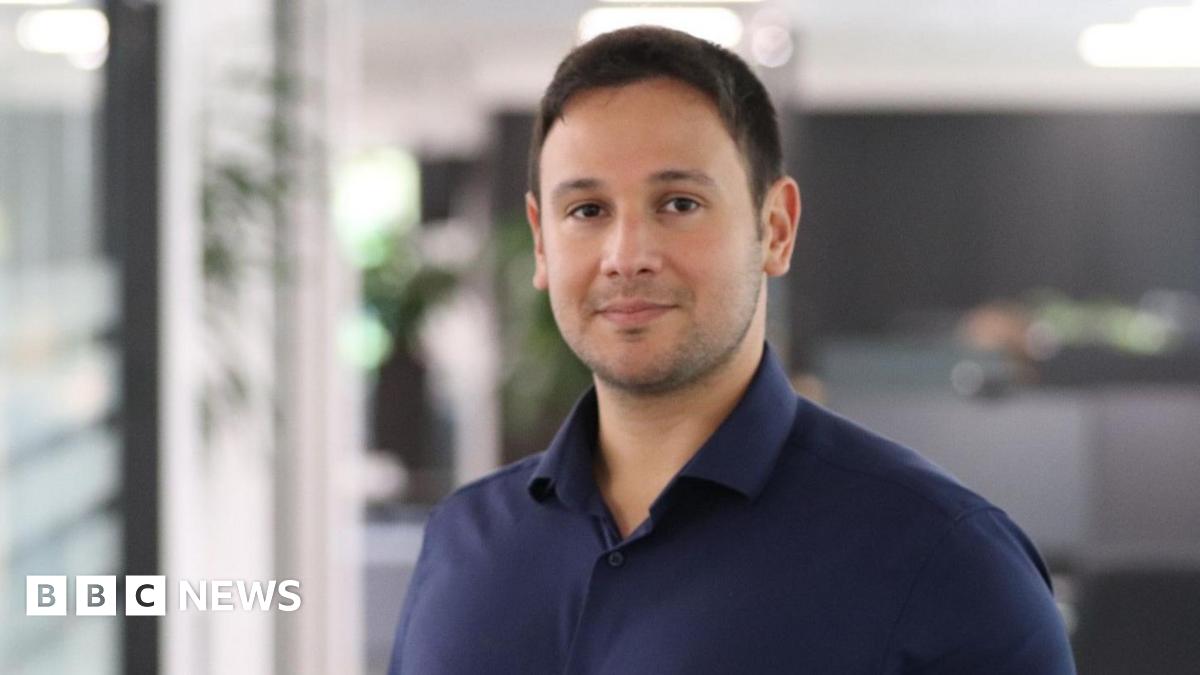Safra Catz, CEO of Oracle Corporation, kicked off her company’s annual CloudWorld conference by sharing customer success stories from some of today’s most influential brands—all of whom are centering technology in their HR strategies to meet today’s people and business challenges.
“Grab technology that is now available and change the entire way of seeing what’s possible,” said Catz before introducing her first customer guest, Dara Khosrowshahi, CEO of Uber. The event, held this week in Las Vegas, also included insights from leaders at Aon, Hearst Communications, Baylor University, and more.
Oracle’s CloudWorld is a multinational event that brings together leaders from across the tech industry, Oracle customers, partners and other experts to collaborate on innovations in cloud technology and related fields.
Human Resource Executive HR Tech Editor Jill Barth attended the conference to glean perspective useful to HR leaders. Here are highlights from her time at the show:
Uber: See employees as customers
One of the most exciting moments for the crowd was when Dara Khosrowshahi, CEO of Uber, appeared on the keynote stage in a conversation with Catz. He shared that his organization has grown from its rider-centered B2C roots, with an expanded focus on serving drivers: “Now, it looks like enterprise B2B, with drivers as the customer.”
His team sees the company’s 6 million earners (the term Uber uses to describe drivers) as essential to success, primarily as it seeks to modernize and scale—such as through Uber Eats, Uber Direct white label delivery service for merchants and alternative vehicles in certain parts of the world. He advised HR leaders to translate this mindset to their workforces, treat employees like “customers” of the department, and take advantage of strides in HR tech to enable this shift.
Aon: Build support for tech changes
Lori Goltermann is the chief client officer and CEO for enterprise clients at Aon. She says that when her organization moved to the Oracle Customer Experience cloud platform, dozens of technology siloes had to be integrated. “In many ways, it’s not the tech that’s hard,” said Goltermann. “It’s the people who say, ‘I’ve got to keep doing it the way I’ve been doing it.’ ”
She told the audience that moving fast but thoughtfully helped mitigate the risks of embracing new technology. HR leaders should note that evaluating new tech should include a plan for getting teams and colleagues on board for change, building advocates and arming them with agency and expertise where available. This could take the form of reskilling—or simply—mindset management.
Hearst Communications: Use tech to benefit employees
HR Tech Influencer Yvette Cameron, senior vice president of cloud HCM product strategy at Oracle, led a panel of HR execs to share their perspectives on strategizing through uncertain times. Kim Kohlman, vice president of HCM operations at Hearst Communications, advised HR and tech leaders to take a holistic approach—considering skills, learning, performance and compensation as interconnected pieces.
With so many moving parts, assigning disparate tech functions that simply check areas off the list is not enough. Instead, retain empathy and take a big-picture look at employee experience. “Keep up with the pace of change to benefit employees,” she said.
Baylor University: Unify data, departments
A team of leaders from Baylor University shared how they integrated finance and HR back-office functions through a joint Oracle cloud application. They worked together to implement a shared single data model that improved access to analytics and processes, and ultimately elevated user experience. Becky Ivy, the university’s associate vice president of HR, pointed out that unified data “from beginning to end” helps foster an environment where employee skills and compensation can be validated on a consistent basis.
Susan Anz, co-interim chief business officer, agreed that such coordination helps with staff retraining and can provide a clear standardization of roles and responsibilities—an approach that could be appealing to many HR leaders. “Now that we are three years in [to this project], our data analytics are so much better,” said Ivy.
Credit: Source link












